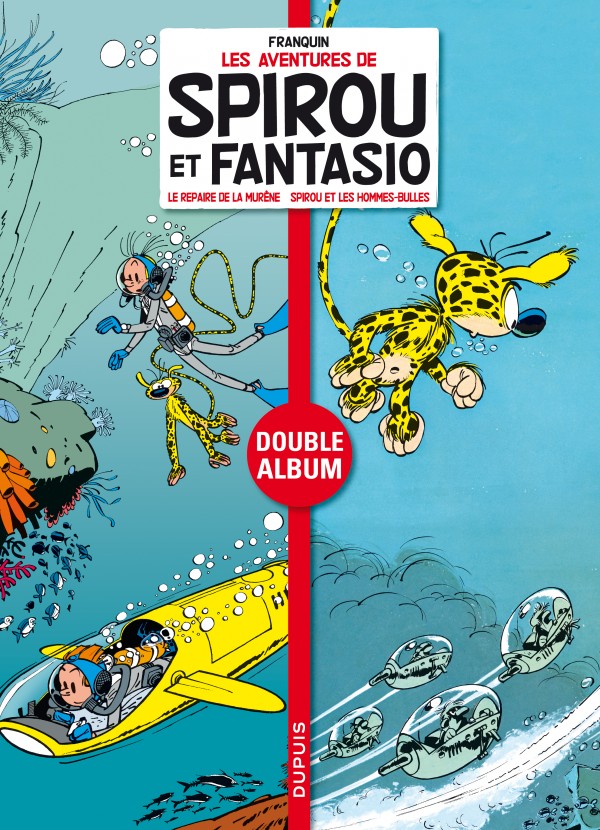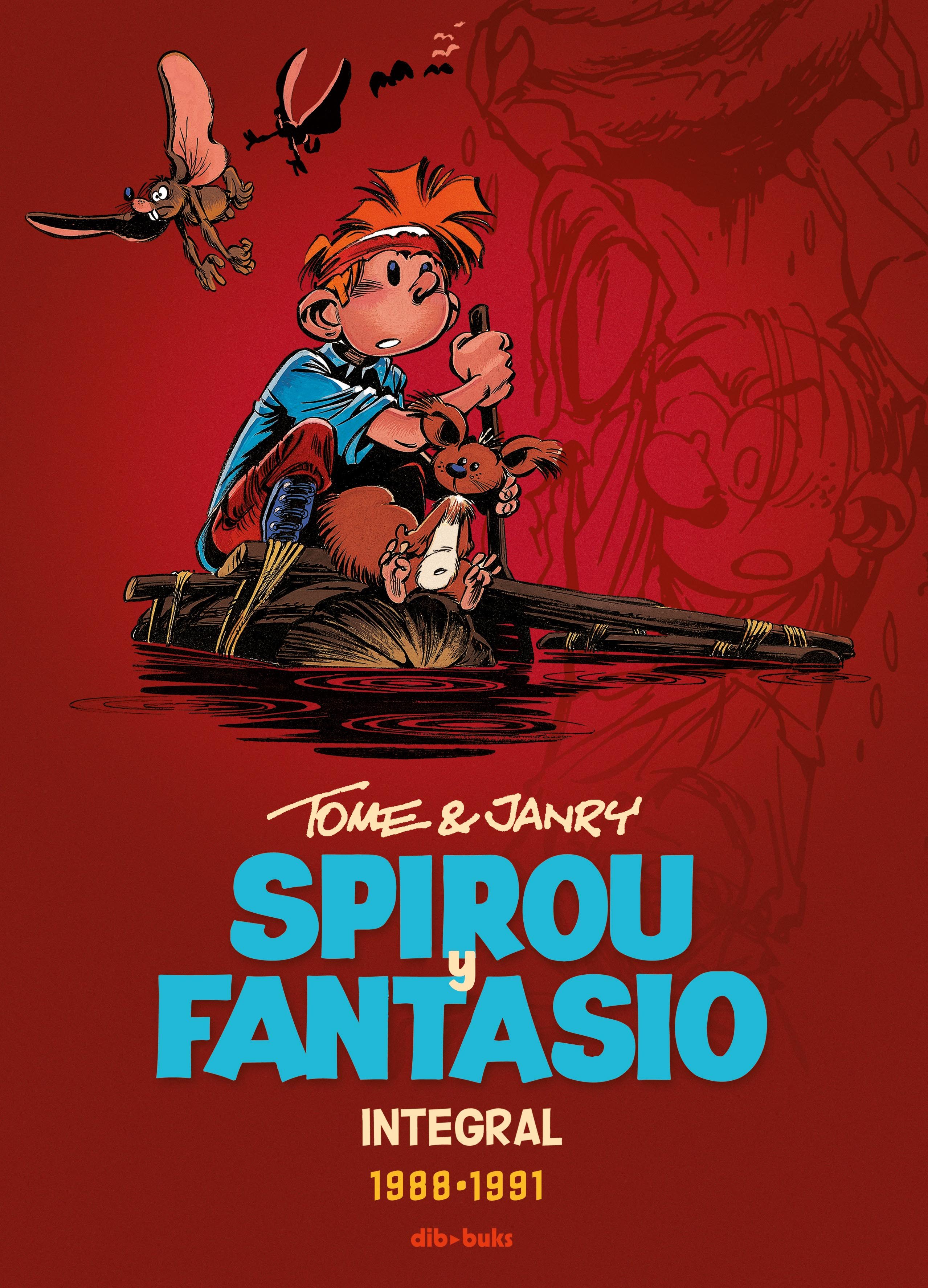

As for QRN sur Bretzelburg, it takes place in two imaginary European countries which bring to mind pre- reunification Germany. Le prisonnier du Bouddha is set in mainland China, with veiled references made to the Cold War.
SPIROU AND FANTASIO SERIES
As in some of his later series ( Bruno Brazil, Bernard Prince), Greg staged his stories in a realistic geopolitical context. Starting with Le prisonnier du Bouddha (1959), Franquin began to work with Greg (writing) and Jidéhem (backgrounds). Marsupilamis in the wild take centre stage briefly in Le nid des Marsupilamis (1957) which presents Seccotine's documentary featuring a family in their natural habitat, the jungles of the fictitious South American state Palombia. In the series, it is adopted by the duo and follows them everywhere they go. The Marsupilami appears in the majority of the Franquin stories, starting in 1952 with Spirou et les héritiers. One Franquin creation that went on to develop a life of its own was the Marsupilami, a fictional monkey-like creature with a tremendously long prehensile tail. Thumb| Spirou et les héritiers, 1952, by Franquin He introduced a large gallery of recurring characters, notably the Count de Champignac, elderly scientist and inventor the buffoonish Mad scientist Zorglub Fantasio's cousin and aspiring dictator Zantafio and the journalist Seccotine, a rare instance of a major female character in Belgian comics of this period. Franquin's Spirouįranquin developed the strip from single gags and short serials into long adventures with complex plots, and is usually considered as the definitive author of the strip. Holding many artistic commitments at Le Journal de Spirou, Jijé sought to delegate much of his work, and in 1946 he handed the series to his understudy, the young André Franquin, in the middle of the production of the story Spirou et la maison préfabriquée. In 1944 Jijé introduced a new character, Fantasio, who would become Spirou's best friend and co-adventurer. The first succession came in 1943 when Joseph Gillain, known by the pen name Jijé, was given charge of the character. The title has therefore subsequently been passed on to several different artists and writers. Spirou became the property of the publisher Dupuis (atypical in France and Belgium where most comics characters are owned by their creator(s)), who bought the character from Rob-Vel in 1943, and since then the series has belonged to no specific author. thumb|right|Spip's liberation, June 15, 1939Īdding to the difficulties of magazine publication that came with the outbreak of World War II, Velter joined the army effort, and his wife Blanche Dumoulin, using the pen name Davine, continued the work on the Spirou strip, with the aid of the young Belgian artist Luc Lafnet. Spirou (the name means "squirrel" (lit.) and "mischievous" (fig.) in Walloon) has a pet squirrel called Spip, the series' first supporting character, who was introduced on Jin the story arc titled L'Heritage de Bill Money and liberated in the following week's issue, remaining a presence in all Spirou stories since. The main character was originally an elevator (lift) operator (in French: un groom) for the Moustique Hotel (in reference to the publisher's chief magazine, Le Moustique), and remains dressed in his red bellhop uniform to this day although there was no relevance to his original occupation for many years. The comic strip was originally created by Rob-Vel for the launch of the Le Journal de Spirou on April 21, 1938, published by Éditions Dupuis. 3.9 One-shots: Une aventure de Spirou et Fantasio par.1.5 Spirou in contemporary times - Tome & Janry.

Spirou and Fantasio are the series' main characters, two adventurous journalists who run into fantastic adventures, aided by Spirou's pet Squirrel Spip and their inventor friend the Count of Champignac. It has been written and drawn by a succession of artists. The series, which has been running since 1938, shares many characteristics with other European humorous adventure comics like The Adventures of Tintin and Asterix. Spirou et Fantasio ( Spirou and Fantasio) is one of the most popular classic Franco-Belgian comics. Some of the main characters of Spirou et Fantasio, from the album Tembo Tabou.įrom left to right, back row: the Marsupilami, Spirou, Fantasio


 0 kommentar(er)
0 kommentar(er)
